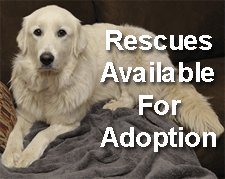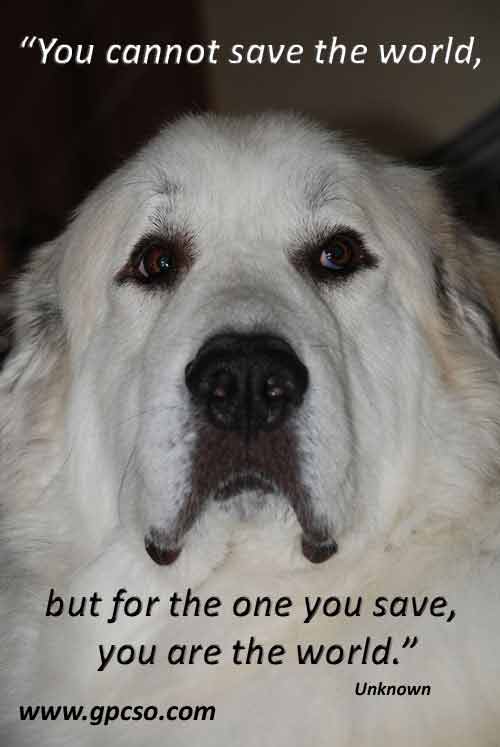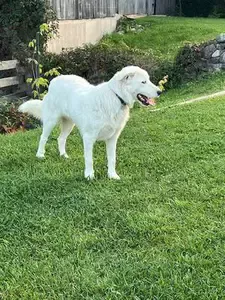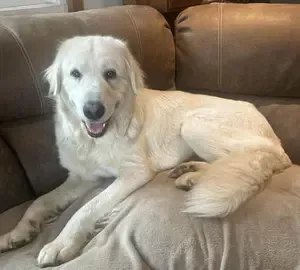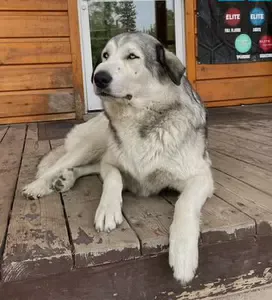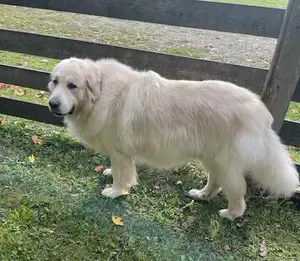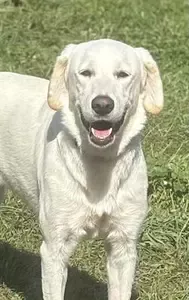Containment
by AW
(Idaho)
We just got a Pyr puppy. He is 10 weeks and in our garage right now. We live in the country with subdivisions about a mile away and after reading I am worrying about our dog wandering when he is older. Our house is on 2 acres with 100 acres of farm land around us that we own. We don’t want to fence our yard but my husband did want to fence a 4 acre pasture for animals in the future (maybe cows). We also have a large chicken coop and run with 20 chickens. Would it be feasible to put our dog in the pasture? Will he be ok out there by himself? What do I need to be concerned about? This is our first dog.
Comments for Containment
|
||
|
||
|
||
|
||
Breaking News
-
Courtesy Post - Sarge
Dec 30, 25 06:34 AM
Courtesy Post - Sarge Location: Mount Albert, Ontario DoB: Unknown 2023 Required: He is comfortable around livestock, but he will go as a companion -
Hardy
Dec 26, 25 06:23 PM
Hardy Location: Acton, ON DOB: Approx. January 2025 (we think he is older though) Single-family home required. Minimum 5-foot securely fenced yard. -
Bo
Dec 12, 25 02:22 PM
*ON HOLD* DOB: late Sept 2023 (don’t know for sure) rescued Dec 2023 Location: Acton, Ontario Name: Bo Single dwelling home with a securely fenced -
Ronnie
Nov 22, 25 06:20 AM
*Adopted* Location: Acton, ON DOB: 9-years-old This big sweetheart went to foster and was soon adopted before we got him posted. From the shelter: -
Lola
Nov 19, 25 12:01 PM
*ADOPTED* A single family dwelling and a securely fenced yard of at least 5 feet are musts. DOB approx: Februay 12, 2021 Location: Acton, Ontario This -
Mayne
Nov 07, 25 04:04 PM
*ADOPTED* (FOSTER FAIL) Mayne Location: Acton, ON DOB: August 5, 2017 (8-years-old) Single-family home required. Minimum 5-foot securely fenced yard. -
Courtesy Post - Remi
Oct 17, 25 11:09 AM
*ADOPTED* Remi (Retriever/Pyr cross) D.o.B: Sept. 30, 2023 Location: Between Owen Sound and Port Elgin (Tara, ON) Remi was given up because of health -
Courtesy Post - Virgil
Sep 30, 25 01:03 PM
*ADOPTED* DoB of Virgil: 2021 (4.5 years old) Reason for rehoming this big white fluffy: Owner has passed away and he is presently living in an apartment.


